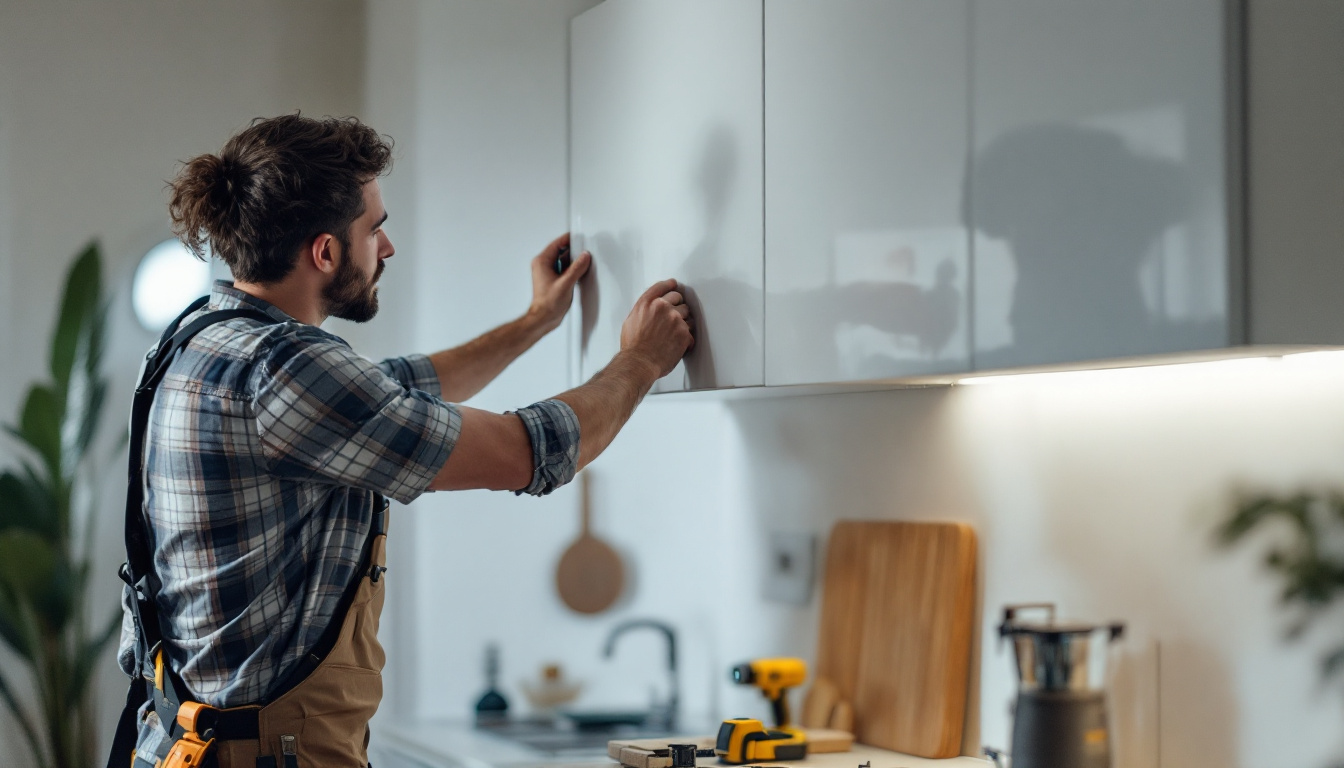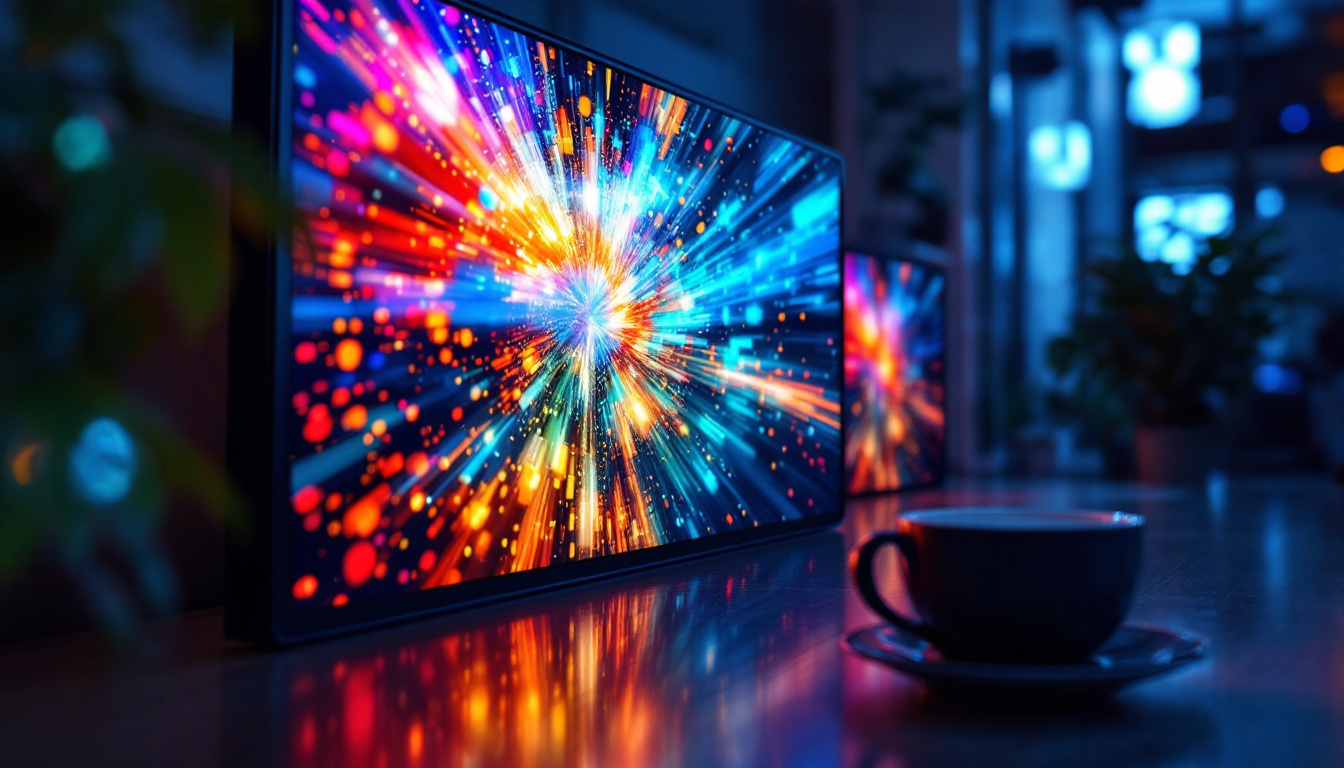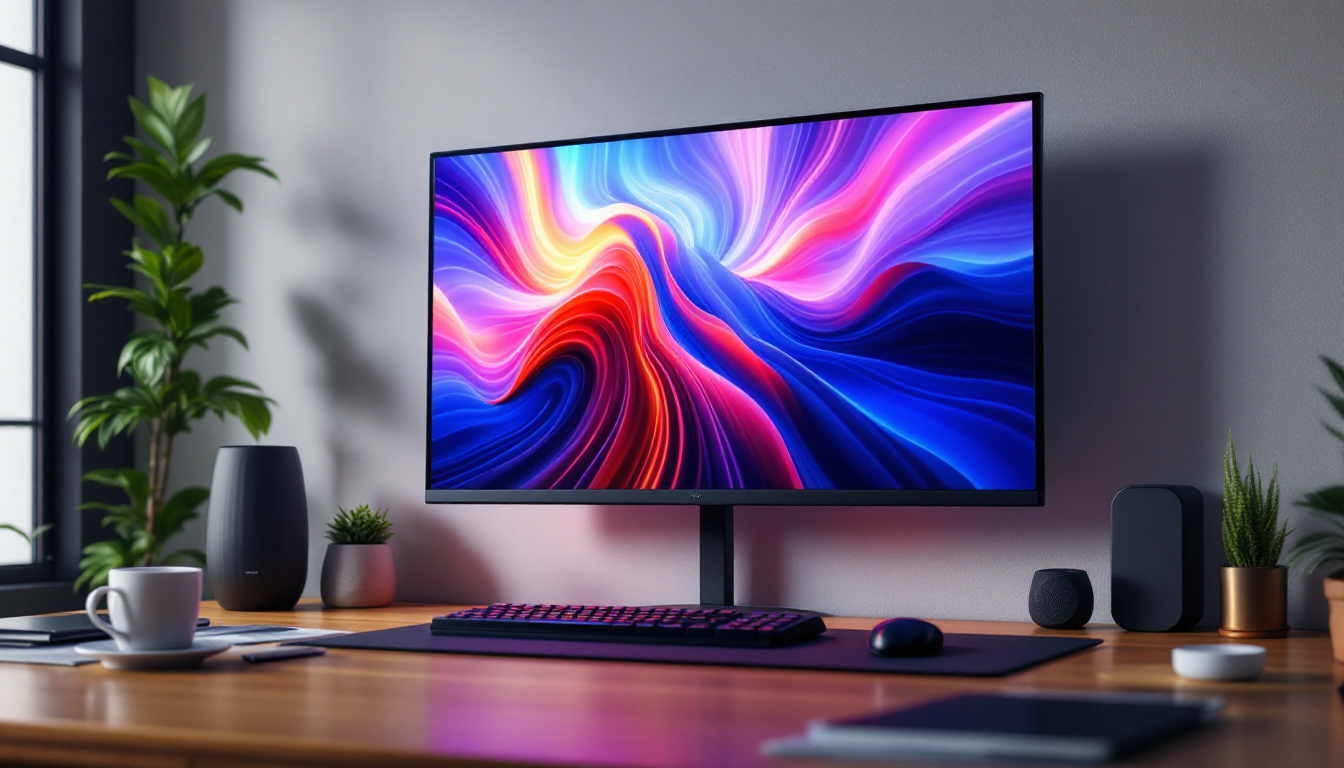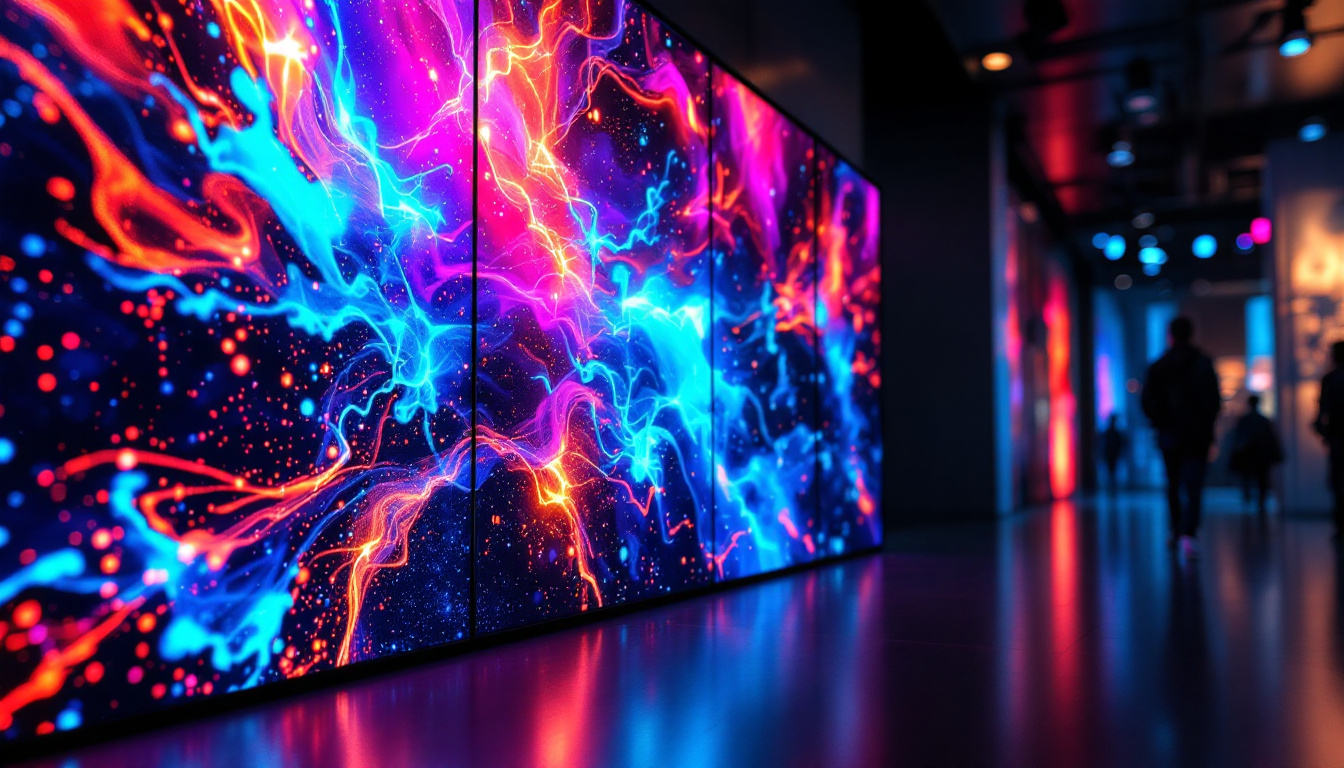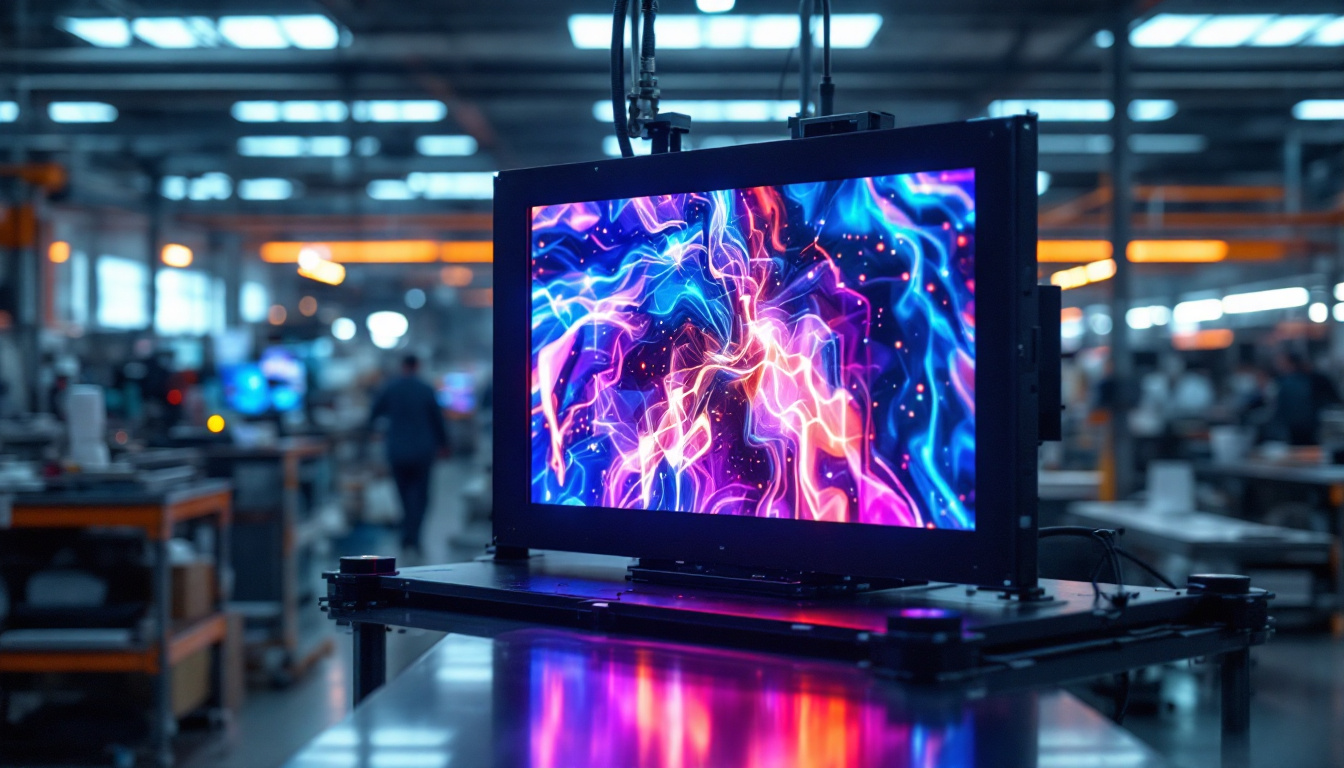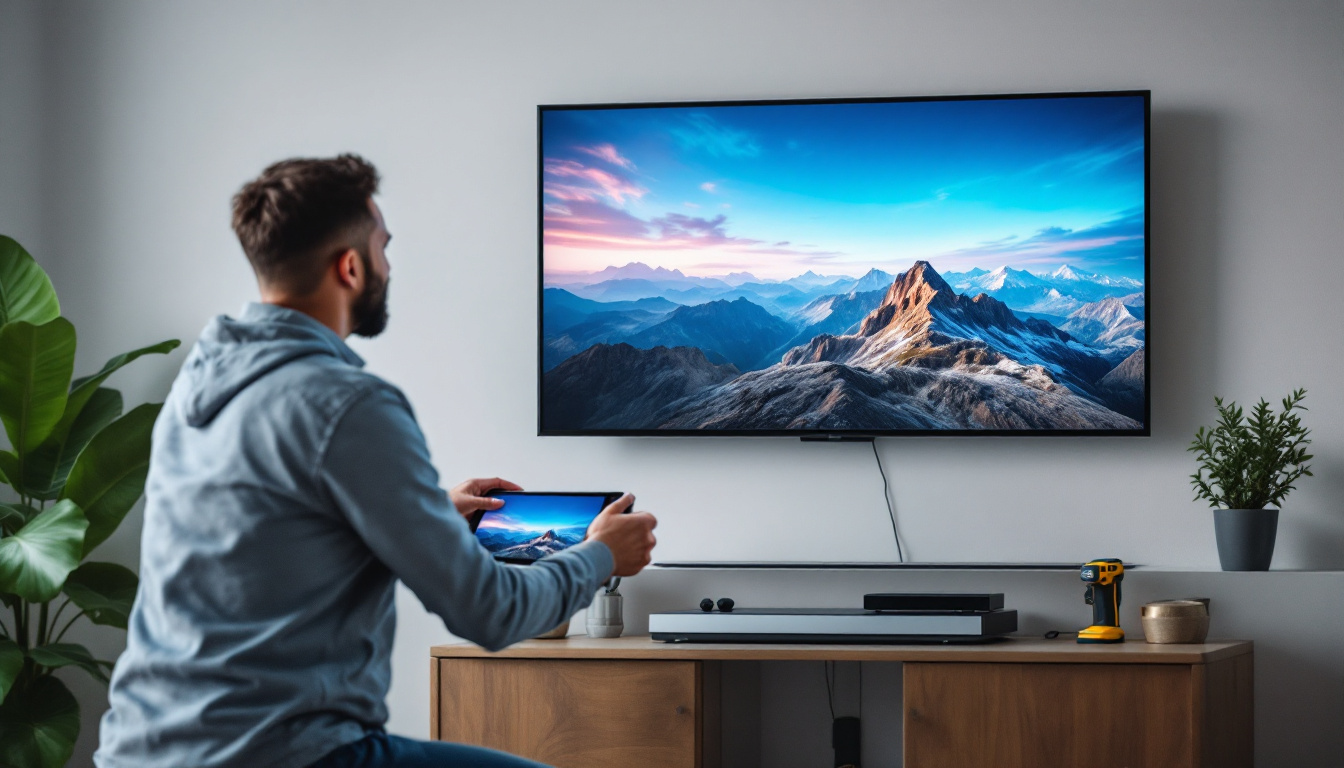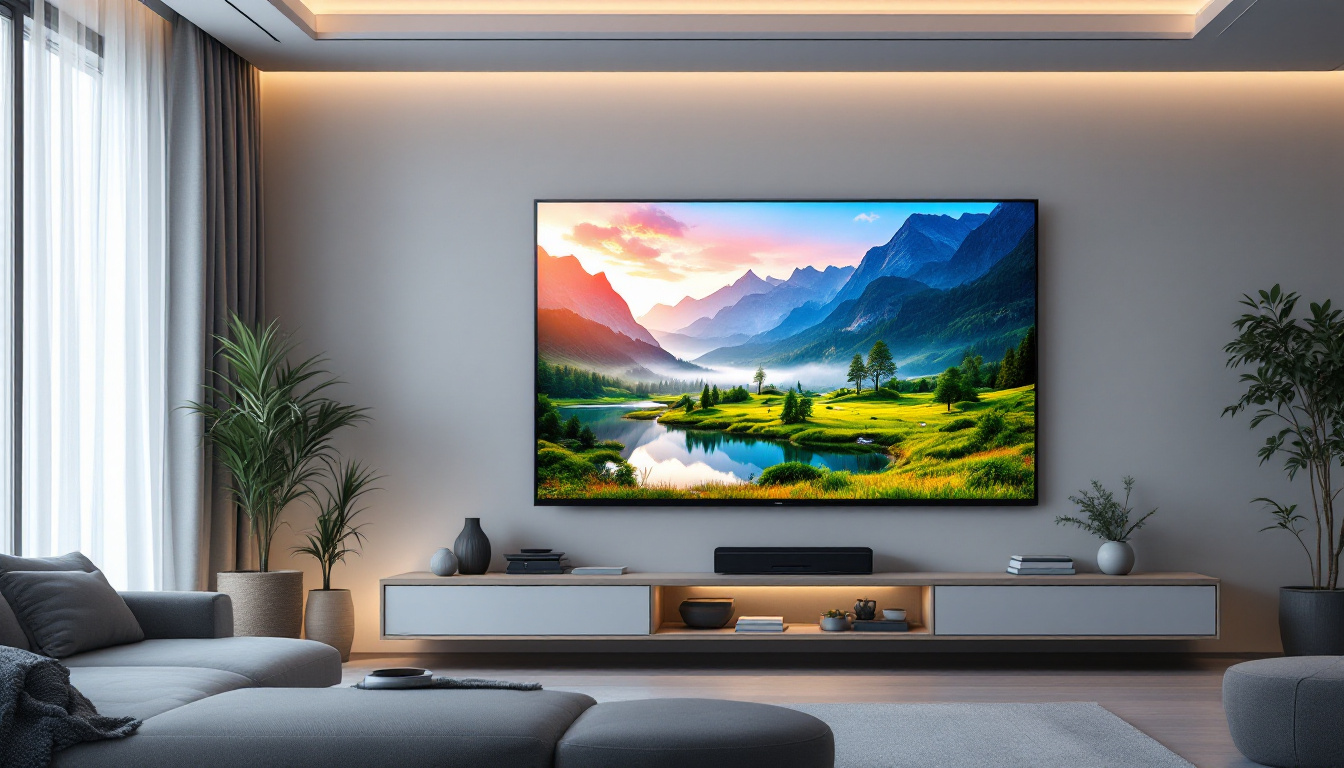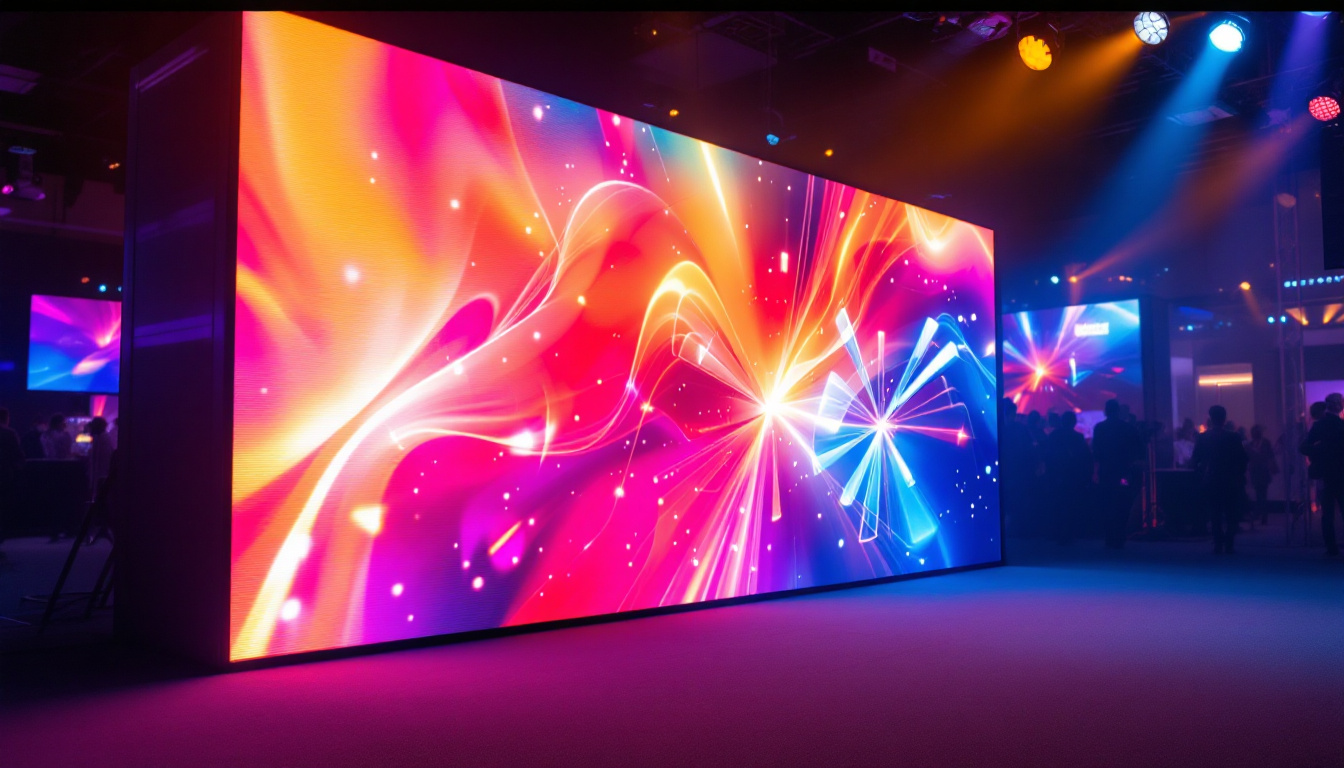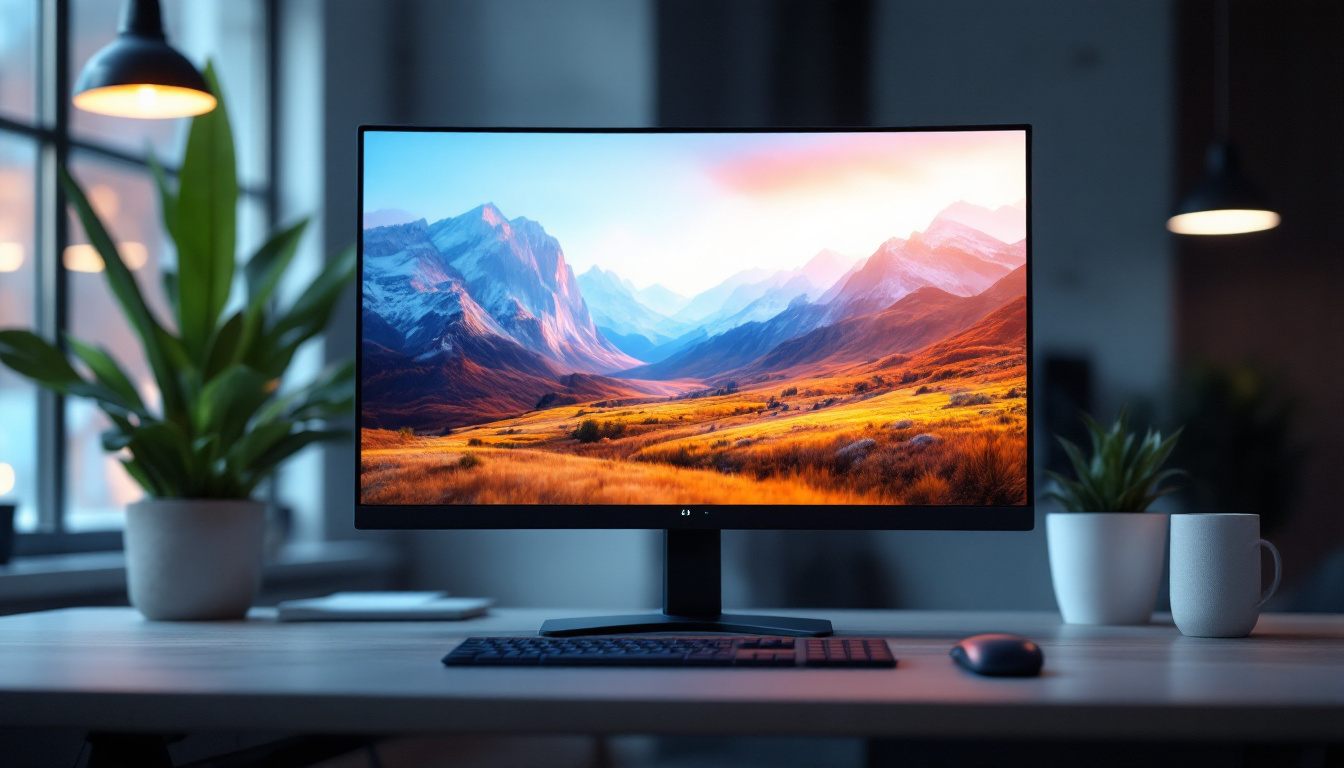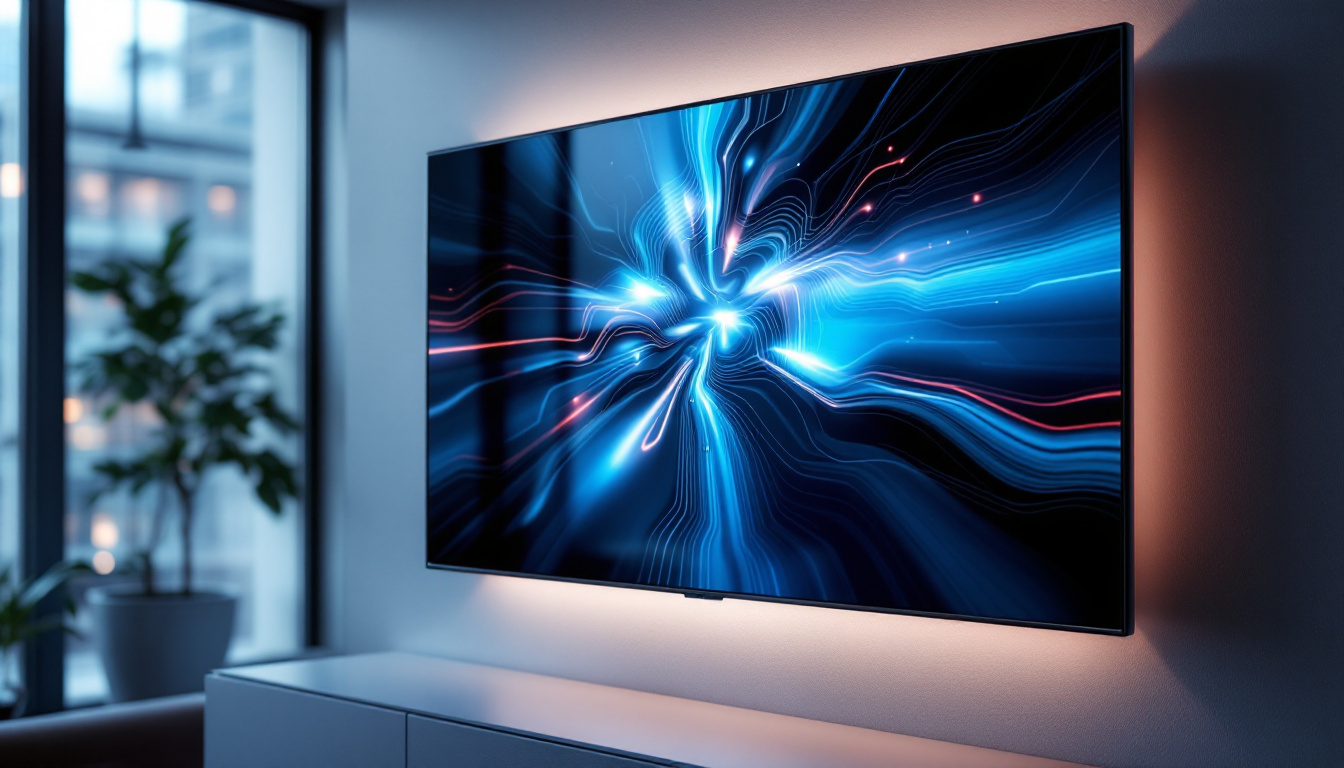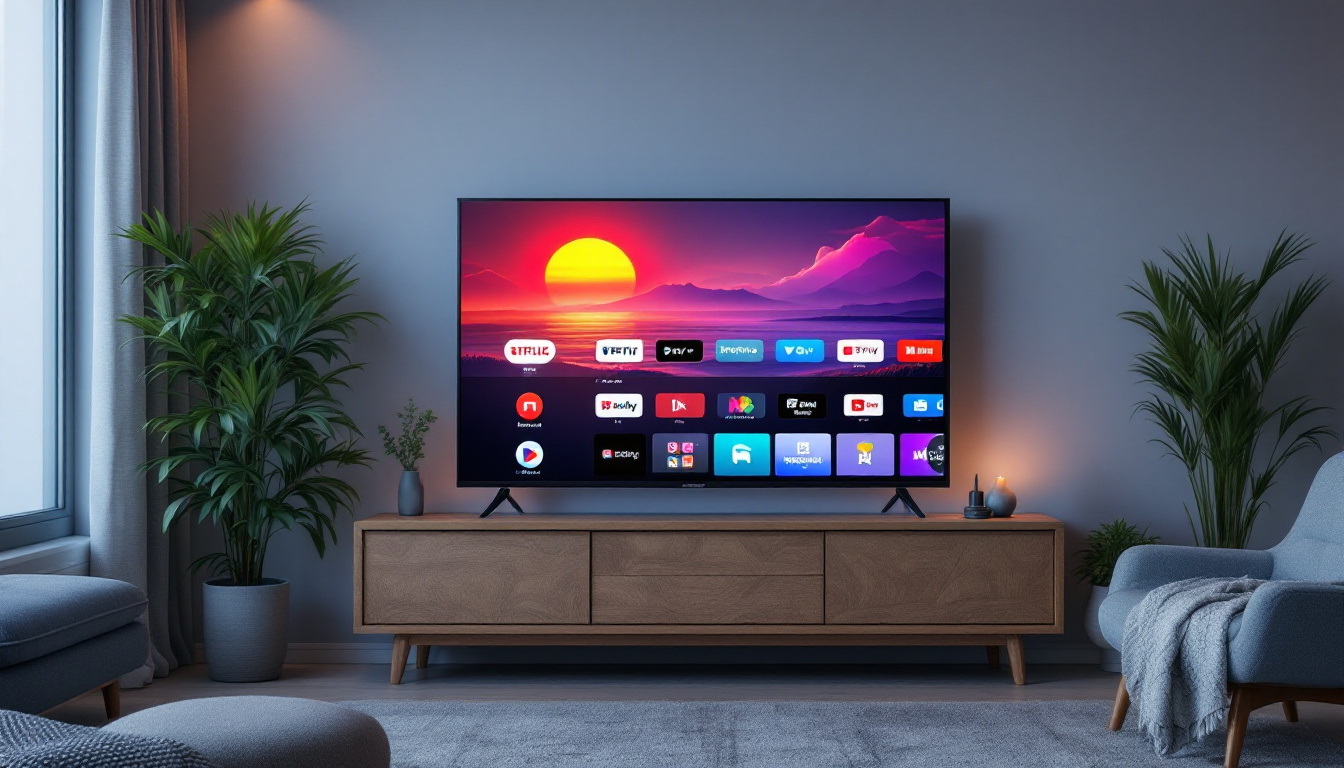Installing wall cabinets can transform the look and functionality of any room, especially in kitchens and bathrooms. With the rise of modern technology, integrating LED displays into wall cabinets is becoming increasingly popular. This article will guide you through the process of installing wall cabinets while explaining how to incorporate LED displays effectively.
Understanding Wall Cabinets
Wall cabinets are essential storage solutions that not only maximize space but also enhance the aesthetic appeal of a room. They come in various styles, sizes, and materials, allowing homeowners to choose options that best suit their needs and preferences. Before diving into the installation process, it’s crucial to understand the different types of wall cabinets available.
Types of Wall Cabinets
Wall cabinets can be categorized into several types based on their design and functionality. Some common types include:
- Standard Wall Cabinets: These are the most common type, typically found in kitchens. They are mounted directly to the wall and provide ample storage for dishes, cookware, and pantry items.
- Glass-Front Cabinets: These cabinets feature glass doors, allowing for decorative display of items while keeping them dust-free. They are perfect for showcasing fine china or collectibles.
- Corner Cabinets: Designed to fit snugly into corners, these cabinets maximize space in smaller rooms. They often come with rotating shelves or pull-out features for easy access.
Choosing the Right Wall Cabinets
When selecting wall cabinets, consider factors such as size, style, and material. Measure the available wall space accurately to ensure a perfect fit. Additionally, think about the overall design of the room. For a modern look, opt for sleek finishes and minimalist designs. For a more traditional feel, wooden cabinets with intricate details may be more appropriate.
Another important aspect to consider is the functionality of the cabinets. Think about what you plan to store and how often you will need to access these items. For instance, if you frequently use certain kitchen tools or dishes, placing them in easily accessible cabinets at eye level can save time and effort. On the other hand, less frequently used items can be stored in higher cabinets. Additionally, incorporating features such as soft-close hinges or pull-out shelves can enhance usability and convenience.
Moreover, the choice of materials can significantly impact both the durability and maintenance of your wall cabinets. While solid wood offers a classic and sturdy option, laminate or MDF (medium-density fiberboard) can provide a more budget-friendly alternative without sacrificing style. It’s also worth considering finishes that are easy to clean and resistant to stains, especially in high-traffic areas like kitchens. Ultimately, the right wall cabinets can transform your space, providing both practicality and a touch of elegance.
Preparing for Installation
Before starting the installation process, preparation is key. Proper planning can save time and ensure a smooth installation experience. Here are the steps to take before you begin.
Gathering Tools and Materials
Having the right tools and materials on hand is essential. Common tools needed for wall cabinet installation include:
- Drill and drill bits
- Level
- Stud finder
- Measuring tape
- Screwdriver
- Brackets and screws
In addition to tools, ensure you have all the necessary materials, including the wall cabinets themselves, LED display components, and any mounting hardware required for both the cabinets and the displays. It might also be beneficial to have a helper on hand, as some cabinets can be bulky and awkward to maneuver alone. Having an extra set of hands can make the lifting and positioning much easier, reducing the risk of injury or damage to the cabinets.
Measuring and Marking the Installation Area
Accurate measurements are crucial for a successful installation. Start by measuring the height at which you want to install the cabinets. Typically, wall cabinets are installed 18 inches above the countertop. Use a pencil to mark the desired height on the wall.
Next, locate the wall studs using a stud finder. Mark the stud locations, as these will provide the necessary support for the cabinets. It’s important to ensure that the cabinets will be anchored securely to prevent any accidents or damage. Additionally, consider the overall layout of your kitchen or workspace. Visualize how the cabinets will interact with other elements, such as appliances and countertops, to ensure a cohesive design. This foresight can help avoid any last-minute adjustments that could complicate the installation process.
Installing Wall Cabinets
Once preparation is complete, it’s time to install the wall cabinets. This process requires careful attention to detail to ensure everything is level and securely mounted.
Securing the Cabinets to the Wall
Begin by lifting the first cabinet into place, aligning it with the marked height and stud locations. Use a level to ensure the cabinet is straight. Once positioned correctly, temporarily hold it in place with clamps or have a helper support it while you drill pilot holes through the cabinet into the wall studs.
After drilling the pilot holes, secure the cabinet with screws. Repeat this process for additional cabinets, ensuring that each one is level and properly aligned with the others. For cabinets that are not directly mounted to studs, use appropriate wall anchors to provide additional support.
Connecting Cabinets Together
If multiple cabinets are being installed, they should be connected for a seamless look. This can be done by aligning the edges of adjacent cabinets and securing them together with screws. Use a clamp to hold them in place while you drill. This step is crucial for maintaining a uniform appearance and ensuring stability.
After securing the cabinets together, check once more with a level to ensure everything is even. Adjust as necessary before proceeding to the next step.
Incorporating LED Displays
LED displays can add a modern touch to wall cabinets, providing functionality and style. Whether used for lighting or as a display for information, integrating LED technology requires careful planning.
Choosing the Right LED Display
When selecting an LED display for your wall cabinets, consider the size and type of display that will best fit your space. Options range from small LED panels to larger screens, depending on the intended use. For instance, a small display may be suitable for recipes or notifications, while a larger screen could serve as a focal point for entertainment.
Additionally, consider the brightness and resolution of the display. A higher resolution will provide clearer images, while adjustable brightness settings can ensure the display is visible in various lighting conditions.
Installing the LED Display
To install the LED display, follow these steps:
- Mounting the Display: Depending on the size and weight of the display, use appropriate mounting hardware. Ensure it is securely fastened to the wall or the cabinet structure to prevent accidents.
- Wiring the Display: Carefully route the wiring to ensure it is hidden from view. Use cable management solutions to keep the installation neat and tidy. If the display requires a power source, ensure it is connected to an outlet or a power strip.
- Testing the Display: Once installed, power on the display to test its functionality. Adjust settings as necessary to optimize performance.
Finishing Touches
After the cabinets and LED displays are installed, it’s time to add the finishing touches. This step is essential for creating a polished and cohesive look.
Adding Cabinet Doors and Hardware
If your wall cabinets come with doors, now is the time to attach them. Align the hinges with the pre-drilled holes and secure them with screws. Ensure that the doors open and close smoothly.
Next, install any hardware, such as handles or knobs. Choose hardware that complements the overall design of the cabinets and the room. This small detail can significantly impact the final appearance.
Cleaning and Organizing the Cabinets
Before placing items inside the cabinets, clean the surfaces to remove any dust or debris from the installation process. This ensures a fresh start for your new storage solution.
Once cleaned, organize the contents of the cabinets. Consider using bins or baskets to keep items tidy and easily accessible. This organization will not only enhance functionality but also maintain a visually appealing look.
Maintenance Tips for Wall Cabinets and LED Displays
Proper maintenance is essential for prolonging the life of wall cabinets and LED displays. Here are some tips to keep everything in top condition.
Cleaning Wall Cabinets
Regular cleaning is crucial for maintaining the appearance of wall cabinets. Use a soft cloth and a mild cleaner to wipe down surfaces. Avoid harsh chemicals that can damage the finish. For wooden cabinets, consider using a wood polish to enhance shine and protect the surface.
Maintaining LED Displays
To keep LED displays functioning optimally, clean the screen regularly with a microfiber cloth to remove dust and fingerprints. Avoid using abrasive materials that can scratch the surface. Additionally, check the connections and wiring periodically to ensure everything is secure and functioning properly.
Conclusion
Installing wall cabinets with integrated LED displays can significantly enhance both the functionality and aesthetic appeal of a space. By following the steps outlined in this article, homeowners can confidently undertake the installation process, ensuring a successful and satisfying outcome.
With the right tools, careful planning, and attention to detail, wall cabinets can become a stylish and practical addition to any room. Embrace the modern touch of LED displays to create a unique and inviting atmosphere in your home.
Enhance Your Space with LumenMatrix LED Displays
Ready to elevate your environment with the sleek integration of LED displays in your wall cabinets? LumenMatrix is at the forefront of LED display technology, offering a wide array of solutions that bring your spaces to life. From vibrant Indoor LED Wall Displays to dynamic Custom LED Displays, our products are designed to captivate and engage. Discover how LumenMatrix can transform your visual communication and create unforgettable experiences. Check out LumenMatrix LED Display Solutions today and take the first step towards a brighter, more connected world.

